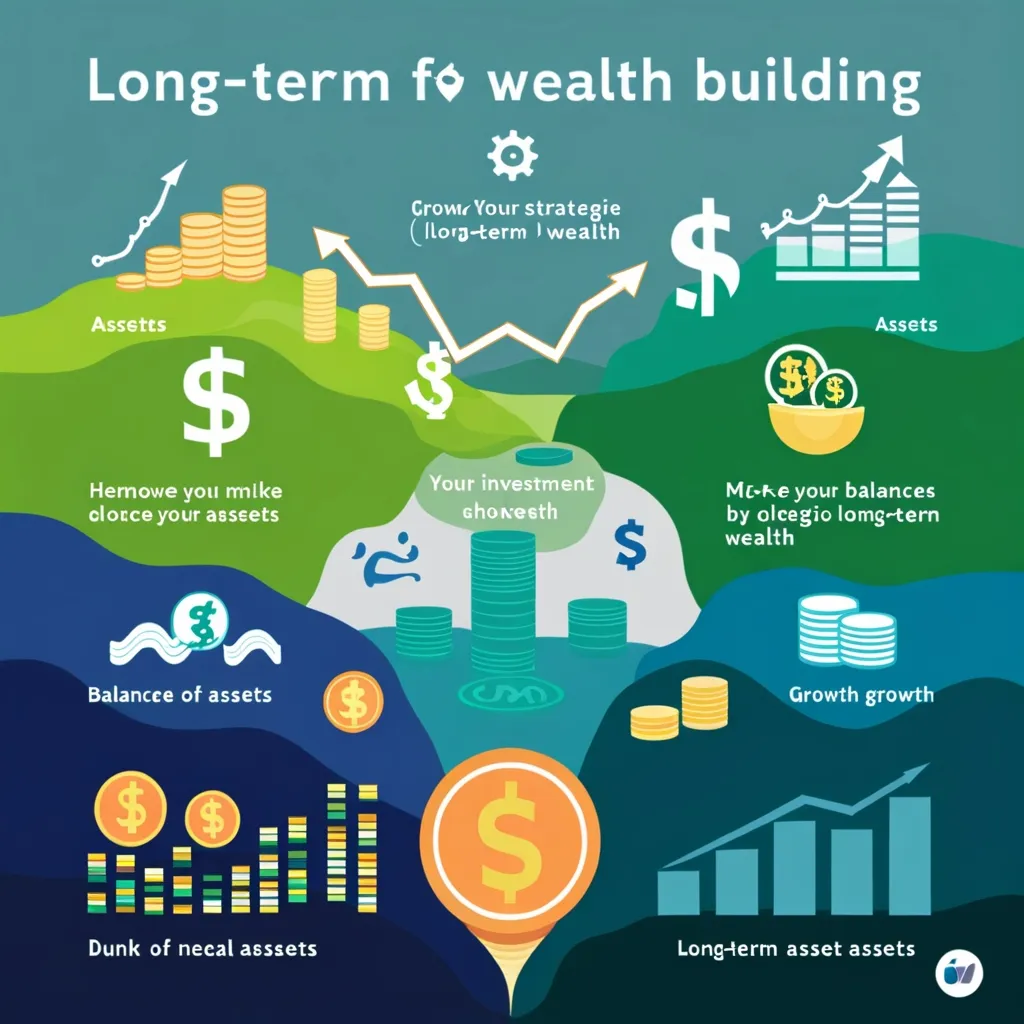When you hear the term “passive income,” it’s easy to get caught up in the dream of earning money while doing absolutely nothing. However, the reality is often far from this idyllic picture. As someone who has delved into various income streams, I’ve learned that the concept of passive income is more nuanced than it seems.
The Myth of Effortless Earnings
Passive income is often defined as income that requires no effort to earn and maintain. Sounds perfect, right? But here’s the thing: most of what is touted as passive income actually requires a significant amount of work upfront and ongoing maintenance. For instance, creating and selling online courses or digital products is frequently cited as a passive income strategy. Yet, the truth is that these ventures demand a lot of effort in the beginning to create the content, and even more work to market and sell them.
I recall when I first started creating digital courses. The initial excitement was palpable, but so was the workload. Hours turned into days, and days into weeks of planning, recording, and editing. And after all that, there was still the task of promoting the course to potential buyers. This isn’t passive; it’s scalable.
Scalable Income: The Real Deal
Scalable income is what many of us are actually after, even if we don’t realize it. This is the one-to-many model where you create something once, and it can serve many people without requiring proportional increases in your time and effort. For example, if you create a course, you put in the same amount of work whether 5 people buy it or 500. The key here is that while the initial effort is substantial, the potential earnings are not limited by your time.
I’ve seen this play out in my own business. Once I’ve created a digital product, the main challenge is getting it in front of the right audience. But once that’s done, the sales can scale significantly without me having to put in much more work. This is where the real financial freedom lies – not in doing nothing, but in leveraging your initial effort to reach a wider audience.
The Hidden Work
One of the lesser-known facts about passive income is the ongoing work that goes into maintaining it. Even with something like affiliate marketing or ad revenue, which can seem truly passive, there’s often a need to continuously promote and optimize to keep the income flowing. For instance, I make a significant amount from affiliate marketing, but this is because I set up a system of blog posts and promotional content months ago. Without occasional updates and promotions, this income would likely dwindle.
Real estate investing is another example. While it can be more passive than other ventures, especially if you hire property managers, there’s still a lot of initial work involved in finding the right properties, managing tenants, and handling maintenance issues. It’s not a set-it-and-forget-it scenario.
Real Passive Income: A Rare Breed
So, what does real passive income look like? It’s the kind of income that genuinely requires no effort to earn and maintain. Examples include dividend-paying stocks, certain types of investments in cryptocurrency, or even small offers like royalties from creative works. These are income streams that you can essentially set up and forget, with minimal to no ongoing work required.
For instance, if you invest in dividend-paying stocks, once you’ve made the initial investment, you can simply sit back and collect the dividends without any further effort. This is as close to true passive income as you can get.
The Importance of Understanding the Difference
Why is it important to distinguish between passive and scalable income? It’s crucial because it sets realistic expectations. When you’re told that you can make thousands of dollars with zero effort, it’s easy to get disappointed or even give up when reality doesn’t match the hype.
Understanding that most income streams require some level of effort, whether upfront or ongoing, helps you plan better and work smarter. It also helps you appreciate the value of scalable income, where your initial effort can lead to significant earnings without being limited by your time.
Personal Touches and Lessons Learned
From my own journey, I’ve learned that the key to financial freedom isn’t finding a magical passive income stream but rather building scalable income models. This means putting in the hard work initially to create something valuable, and then leveraging that effort to reach a wider audience.
For example, when I started my blog, it took months of consistent writing and promoting to build an audience. But once I had that audience, I could create digital products and courses that could serve many people without requiring me to work proportionally more. This is the power of scalable income.
Conclusion
Passive income isn’t the effortless dream it’s often made out to be. Instead, it’s often a mix of hard work, smart planning, and leveraging scalable models. By understanding the difference between passive and scalable income, you can set yourself up for success and build a more sustainable path to financial freedom.
So, the next time you hear someone talking about passive income, remember that it’s not always as passive as it sounds. It’s about putting in the work to create something valuable and then scaling it to reach as many people as possible. This is where the real magic happens, and this is how you can truly achieve financial freedom.






